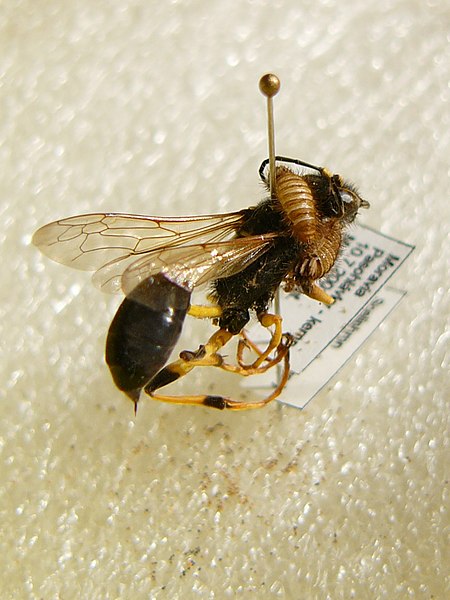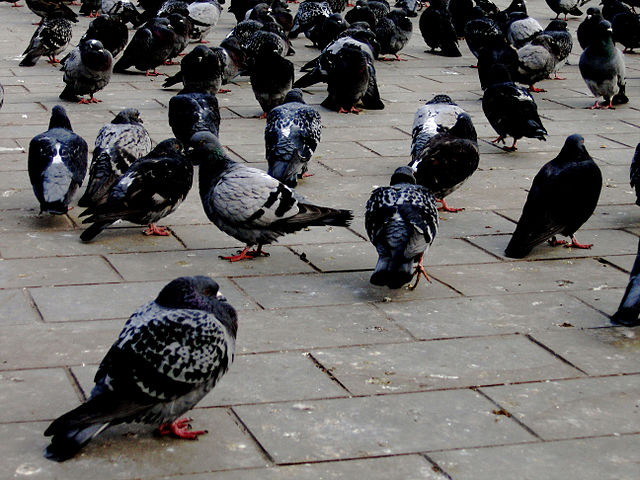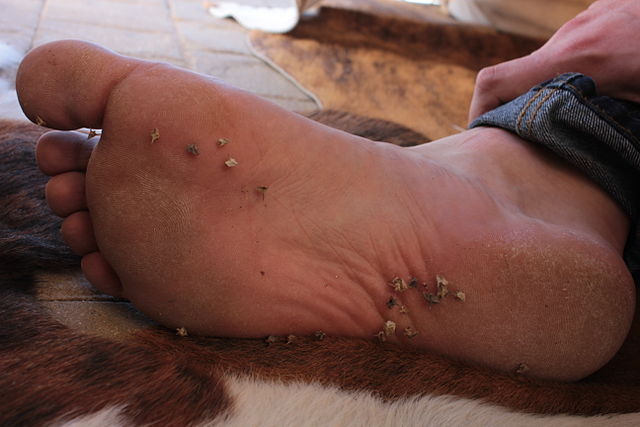Pest control is the regulation or management of a species defined as a pest; such as any animal, plant or fungus that impacts adversely on human activities or environment. The human response depends on the importance of the damage done and will range from tolerance, through deterrence and management, to attempts to completely eradicate the pest. Pest control measures may be performed as part of an integrated pest management strategy.
An agricultural aircraft applies low-insecticide bait against western corn rootworm.
Bronze cat, Ancient Egypt. (664–525 BC)
Biological pest control: parasitoid wasp (Cotesia congregata) adult with pupal cocoons on its host, a tobacco hornworm Manduca sexta (green background)
Cultivation by ploughing exposes insect pests to predators such as black-headed gulls.
A pest is any organism harmful to humans or human concerns. The term is particularly used for creatures that damage crops, livestock, and forestry or cause a nuisance to people, especially in their homes. Humans have modified the environment for their own purposes and are intolerant of other creatures occupying the same space when their activities impact adversely on human objectives. Thus, an elephant is unobjectionable in its natural habitat but a pest when it tramples crops.
Carpet beetle larvae damaging a specimen of Sceliphron destillatorius in an entomological collection
Pests, such as these termites, often occur in high densities, making the damage they do even more detrimental.
Feral pigeons can become very numerous in cities.
Caltrop, Tribulus terrestris, is sometimes considered a pest plant because of its sharp spiny burrs, shown here in a person's foot.








